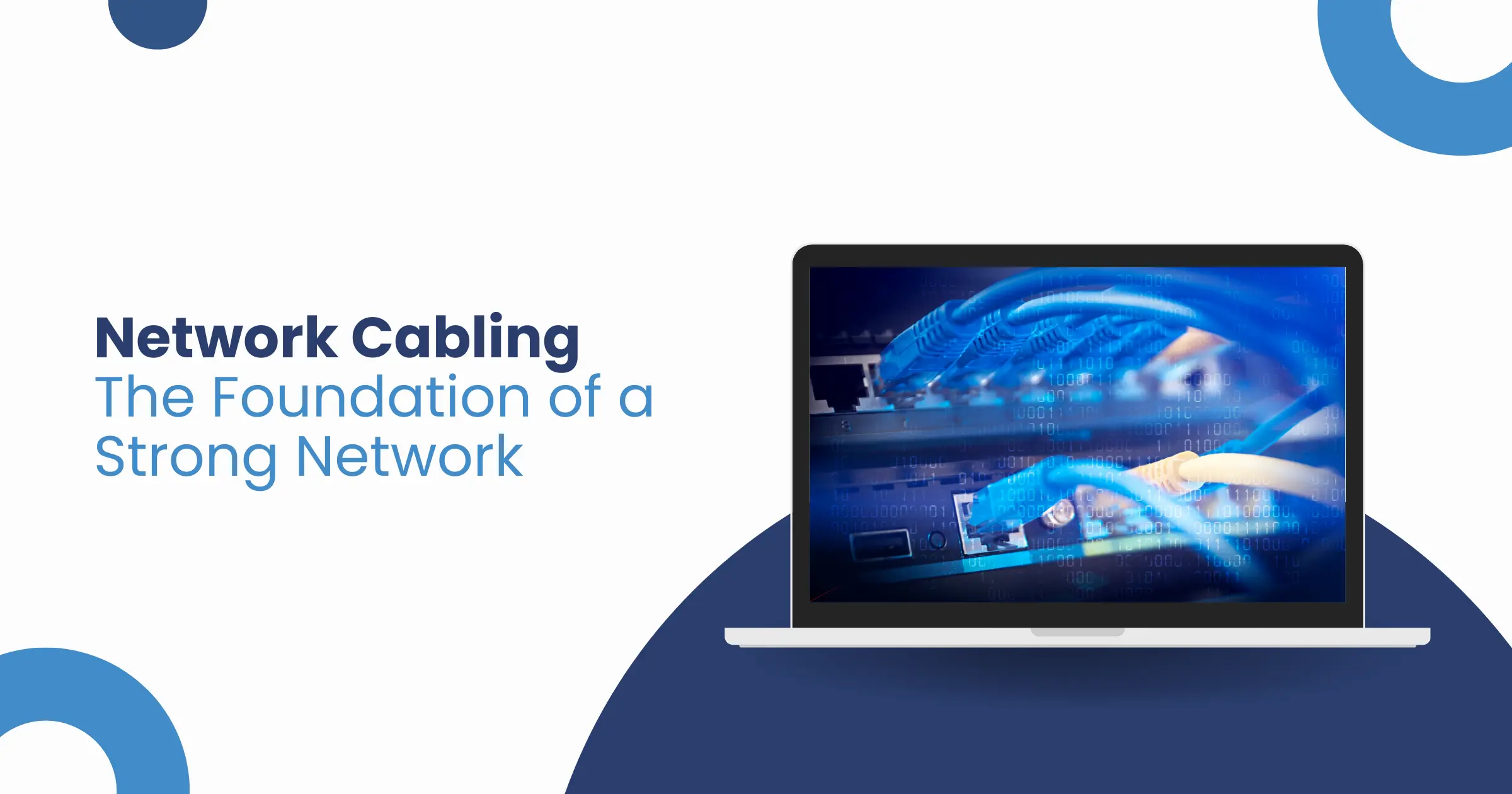
Network cabling is a crucial component of IT managed services, providing the foundation for communication within and between Network Cabling Services. It refers to the physical connections that use various types of cables to transfer data and connect different devices and systems. Network cabling ensures that data travels efficiently...

In today’s digital age, a reliable network is the backbone of any business or organization. Whether you’re connecting computers, phones, or other devices, a well-designed network cabling infrastructure is essential for smooth operation and optimal data flow. This blog post dives deep into the world of network cabling, providing...